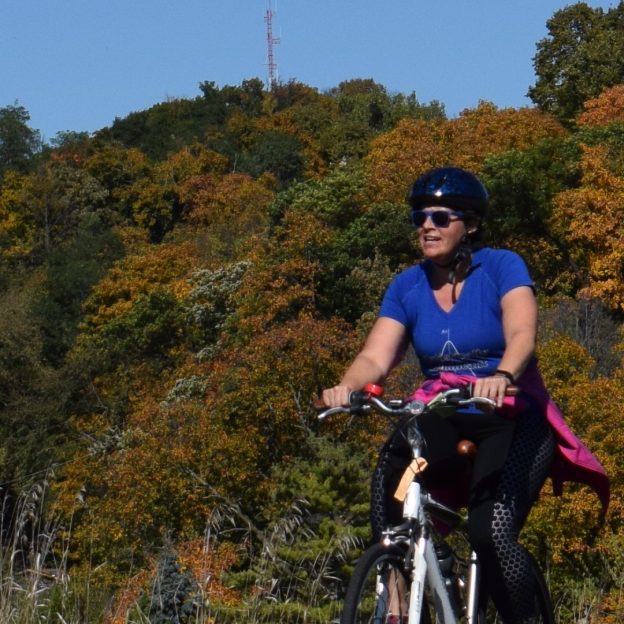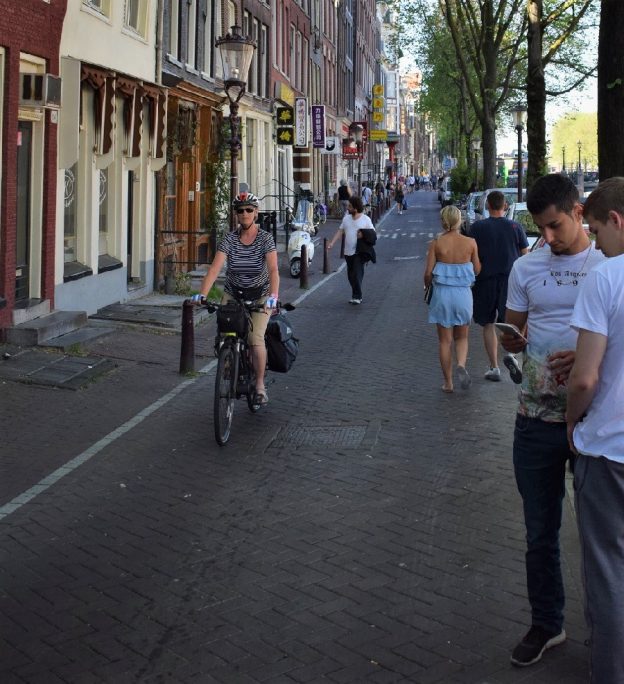Tag: navigating Amsterdam
-

Making yourself heard with a bicycle bell, vs voice command
With summer riding opportunities here, it may be time to look for a new bicycle bell for added safety. Personally, I prefer using a bell when approaching slower cyclists and people walking on the trail, just ahead of me. Rather than using my voice alone, with a tone that may vary. I find a bell…
-

A memorable experience exploring Amsterdam by bike for the first time
Taking a bike/barge trip through the Netherland to Brugge, last year, allowed me three fun days on the front end of this bike trip to explore Amsterdam. It was a great choice and using a bike as the mode of transportation was by far the best way to see the city.
